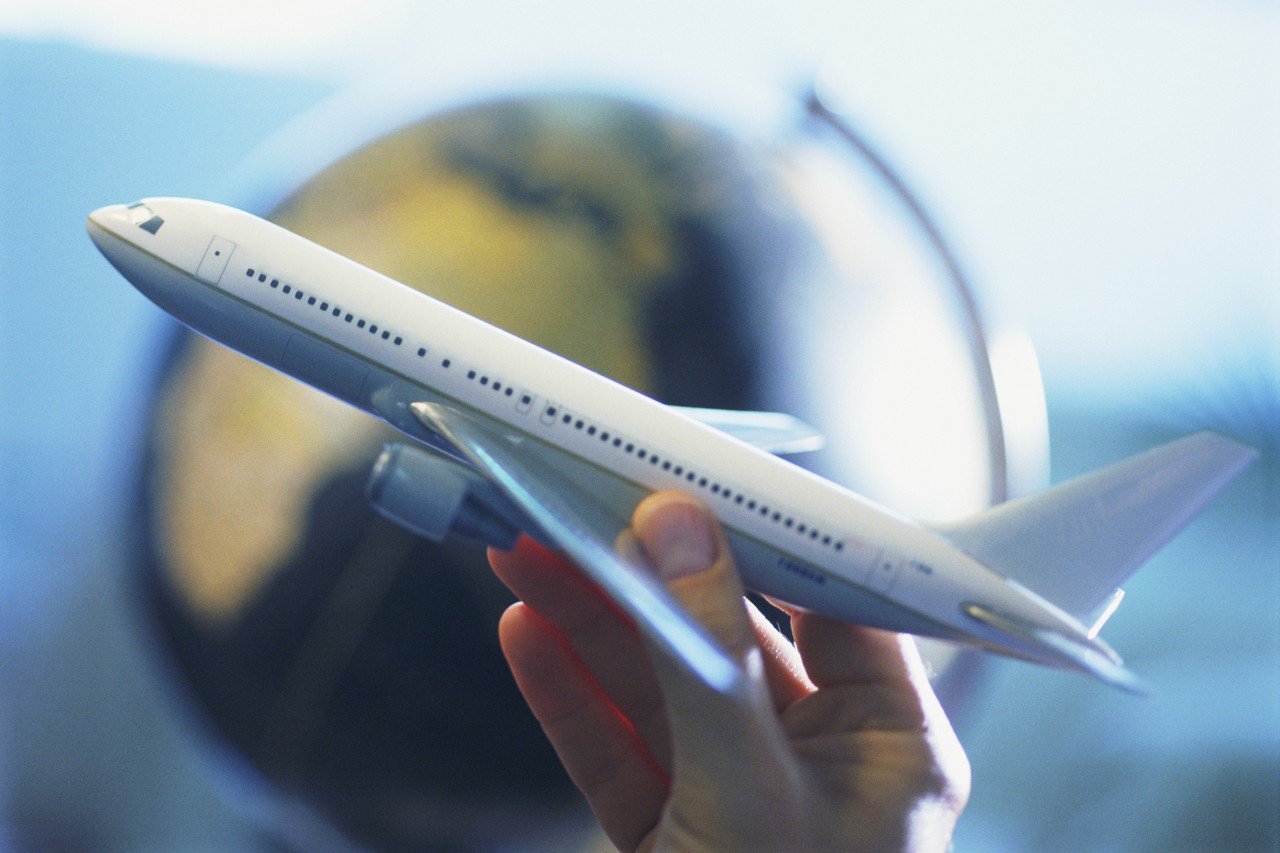
What are the biggest challenges facing the airline industry today? Buckle up, because the airline industry is navigating through some serious turbulence. Rising fuel costs are eating into profits, making every flight more expensive to operate. Environmental concerns are also taking off, with airlines under pressure to reduce their carbon footprints. Pilot shortages are grounding flights, causing delays and cancellations. Security threats remain a constant worry, requiring ever-tightening measures. Technological advancements bring both opportunities and headaches, as airlines struggle to keep up with rapid changes. Customer expectations are sky-high, demanding better service and more comfort. Economic fluctuations can make or break an airline, affecting travel demand. Regulatory hurdles add another layer of complexity. Labor disputes can lead to strikes, disrupting schedules. Competition from low-cost carriers is fierce, squeezing margins. Infrastructure limitations at airports cause bottlenecks. Global pandemics like COVID-19 can ground fleets overnight. Finally, geopolitical tensions can reroute flights and disrupt operations.
Key Takeaways:
- Fuel costs, environmental regulations, labor shortages, technology, security, economic fluctuations, and competition are key challenges for the airline industry. Adapting to these challenges is crucial for airlines to remain competitive and profitable.
- Rising fuel costs impact ticket prices, environmental regulations drive sustainability efforts, labor shortages disrupt operations, technological advancements improve efficiency, security concerns prioritize passenger safety, economic fluctuations affect travel demand, and competition drives pricing strategies.
Rising Fuel Costs
Fuel prices have a significant impact on the airline industry. Airlines must constantly adapt to fluctuating costs, which can affect ticket prices and profitability.
-
Jet fuel accounts for 20-30% of airline operating costs. When fuel prices rise, airlines often pass these costs onto passengers through higher ticket prices or fuel surcharges.
-
Fuel hedging is a common practice. Airlines buy fuel in advance at a fixed price to protect against future price increases. This strategy helps stabilize costs but can also lead to losses if prices drop.
Environmental Regulations
Airlines face increasing pressure to reduce their environmental impact. Governments and organizations worldwide are implementing stricter regulations to combat climate change.
-
The aviation industry contributes about 2-3% of global CO2 emissions. Efforts to reduce this include developing more fuel-efficient aircraft and investing in sustainable aviation fuels.
-
Carbon offset programs are gaining popularity. Passengers can pay extra to offset the carbon emissions from their flights, funding projects that reduce greenhouse gases.
Labor Shortages
The airline industry relies heavily on skilled labor, from pilots to maintenance crews. Labor shortages can disrupt operations and lead to delays or cancellations.
-
Pilot shortages are a growing concern. Many pilots are reaching retirement age, and training new pilots takes time and resources. This shortage can limit the number of flights airlines can operate.
-
Maintenance technicians are also in short supply. As aircraft become more technologically advanced, the demand for skilled technicians increases. This can lead to longer turnaround times for aircraft maintenance.
Technological Advancements
Technology plays a crucial role in the airline industry, from booking systems to in-flight entertainment. Keeping up with rapid advancements can be challenging.
-
Airlines invest heavily in IT infrastructure. Modernizing booking systems, customer service platforms, and operational software requires significant investment but can improve efficiency and customer satisfaction.
-
In-flight Wi-Fi is becoming a standard expectation. Providing reliable internet access at 35,000 feet is technically challenging and expensive, but passengers increasingly demand it.
Security Concerns
Ensuring passenger safety is paramount for airlines. Security threats and regulations can impact operations and passenger experience.
-
Enhanced security measures can cause delays. Increased screening procedures and security checks can lead to longer wait times at airports, affecting passenger satisfaction.
-
Cybersecurity is a growing concern. Airlines must protect sensitive passenger data and operational systems from cyberattacks, which can disrupt services and damage reputations.
Economic Fluctuations
The airline industry is highly sensitive to economic conditions. Economic downturns can lead to reduced travel demand and financial instability for airlines.
-
Recessions lead to decreased travel demand. During economic downturns, both leisure and business travelers cut back on flying, leading to lower revenues for airlines.
-
Currency fluctuations affect international operations. Airlines operating in multiple countries must manage the risks associated with changing exchange rates, which can impact profitability.
Competition and Market Saturation
The airline industry is highly competitive, with many players vying for market share. This competition can drive down prices and impact profitability.
- Low-cost carriers increase competition. Budget airlines offer lower fares, forcing traditional carriers to adjust their pricing strategies and reduce costs to remain competitive.
Final Thoughts on Airline Industry Challenges
Airlines face a whirlwind of challenges. From rising fuel costs to strict regulations, the industry constantly adapts. Weather disruptions and technical issues can cause delays, affecting schedules and customer satisfaction. Security concerns remain a top priority, adding layers of complexity to operations. Environmental impact and the push for sustainable practices also weigh heavily on airlines. Labor disputes and staff shortages can disrupt services, while economic fluctuations influence travel demand. Technological advancements offer solutions but require significant investment. Competition from low-cost carriers pressures traditional airlines to innovate. Customer expectations for seamless experiences drive the need for continuous improvement. Despite these hurdles, the industry remains resilient, finding ways to soar above obstacles. Understanding these challenges helps us appreciate the intricate dance airlines perform to keep us flying smoothly.
Frequently Asked Questions
Was this page helpful?
Our commitment to delivering trustworthy and engaging content is at the heart of what we do. Each fact on our site is contributed by real users like you, bringing a wealth of diverse insights and information. To ensure the highest standards of accuracy and reliability, our dedicated editors meticulously review each submission. This process guarantees that the facts we share are not only fascinating but also credible. Trust in our commitment to quality and authenticity as you explore and learn with us.


